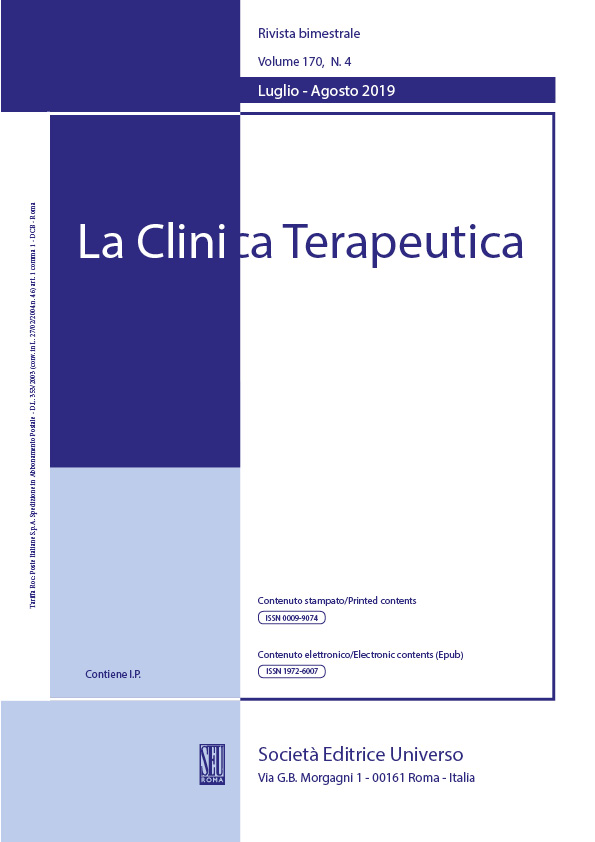Abstract
Objectives
The aim of our study was to evaluate the microbiological contamination by Pseudomonas aeruginosa in the water system of the University Hospital “G. Martino” in Messina over a period of nine years, in order to a) clarify possible relationship between the presence of aerators and contamination, b) to highlight the presence of a yearly variation and c) to verify the statistical difference between microbiological contamination of taps with and without filters.
Materials and Methods
We carried out our study between January 2010 and December 2018 through the collection of water samples that were analysed for total bacteria count and Pseudomonas aeruginosa. The differences between the results recorded over the nine-year study period were evaluated using variance analysis. P values of <0.05 were considered statistically significant. Software R was used for statistical assessment.
Results
We analysed a total of 6168 samples with a positive rate of 9.31% and a decreasing trend over the years to a value of 2.44% (p<0.001), due to the elimination of the aerators of taps without filters and also to the introduction of filters in taps of high-risk wards and surgical rooms. We found statistical difference between taps with or without filter (p<0.001) and a higher positive rate during the summer season compared to the other months.
Conclusions
These results reveal a high level of contamination of taps by opportunistic bacteria with severe implications especially for high-risk settings and therefore, the need to improve the management of these devices
